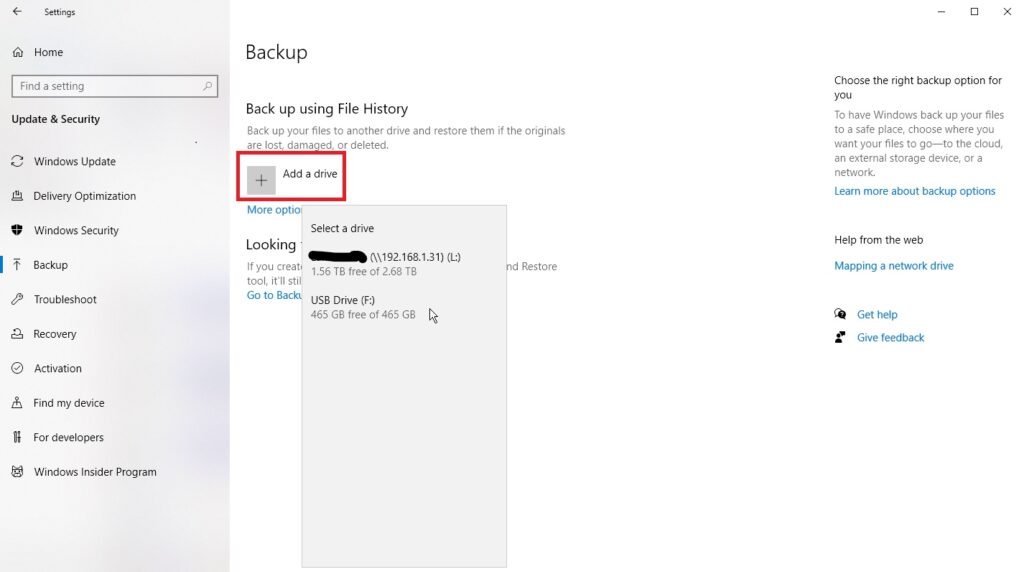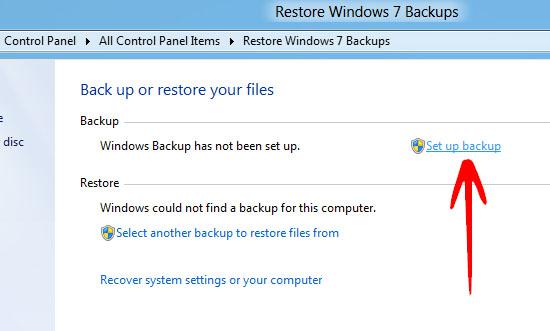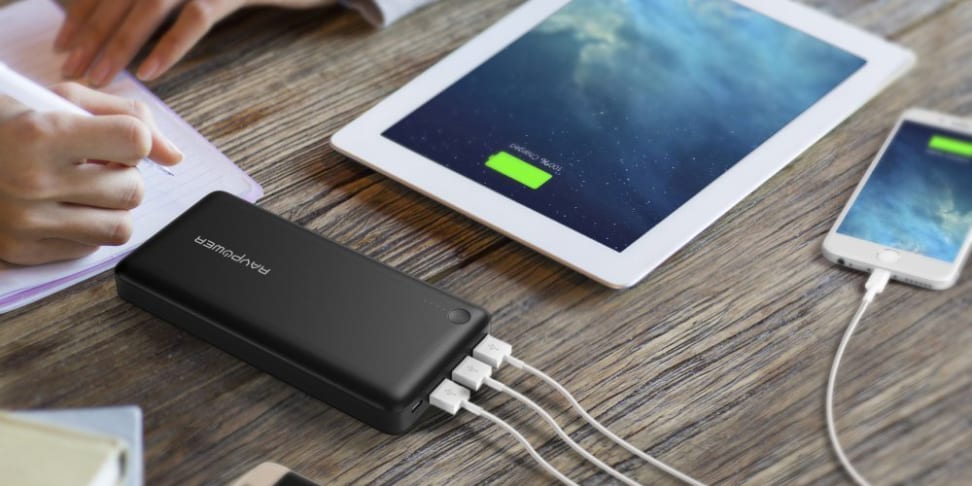
#Usb backup windows 8.1 upgrade#
If your computer becomes unstable, you can use the system restore feature to revert your system files and settings back to a known-good state.We already discussed whether or not you should take Microsoft up on their offer to upgrade you to Windows 10.
#Usb backup windows 8.1 windows 10#
Windows 10 includes other troubleshooting features found in previous versions of Windows, too. That’s no longer necessary - you just get the free space by default. Windows 10 no longer includes a separate recovery partition, so this tool won’t allow you to remove the recovery partition from your computer anymore. Click “Create a recovery drive” to create a USB recovery drive. You could also open the Start menu, type RecoveryDrive.exe into the box, and press Enter to access this tool directly. Boot from this drive to access these tools if Windows ever won’t allow you to access them normally. To do so, open the Control Panel and search for “Recovery.” Click the Recovery icon and you’ll see a list of advanced recovery tools. You can create a USB recovery drive that will allow you to access these advanced startup options, even if your Windows 10 installation becomes completely damaged and you can’t access this menu. if you want to create a system image backup, you don’t need third-party tools like Norton Ghost or Acronis TrueImage.

Your backups will be much smaller and you can have Windows automatically create them on a regular basis.īut this feature is still integrated, and still useful.
#Usb backup windows 8.1 Pc#
You can get your computer’s operating system back to its initial state using the Reset your PC feature and restore individual files, reinstalling all your programs by hand. Realistically most people shouldn’t use this feature. If you ever need to get your computer back to a specific state, you can restore this backup. This backup can be stored on an external hard drive, on several DVDs, or on a network location. Unlike other solutions, this allows you to create an entire image of your current Windows system, including your operating system, installed programs, settings, and user files. or, open the File History control panel and select “System Image” in the sidebar. Just click “Create a system image” at the left side of the window. You’ll find this feature in the Backup and Restore (Windows 7) control panel. Microsoft hid the system image backup feature in the initial versions of Windows 8.1, but brought it back due to user outcry. If you blow Windows away and restart from scratch - or use Windows on a different device - you just have to log in with your Microsoft account and all your OneDrive files will be available for you in File Explorer.

Files you store in OneDrive will be stored in your OneDrive account online so you can access them on your other devices, too. OneDrive may not really be a “backup” solution in the traditional sense, but it’s now integrated into Windows itself. You’ll find this tool in the Control Panel - just search for “backup” to locate it. Unlike Microsoft’s new File History backup solution, you can use Windows Backup to more easily create a backup of practically everything on your hard drive. But you can also use it to back up your Windows 10 PC in the exact same way you’d back up a Windows 7 PC. This tool will allow you to restore any old Windows 7 backups on your Windows 10 computer.

This was deprecated in Windows 8 and removed in Windows 8.1, but it’s back.

Microsoft has included the old Backup and Restore feature from Windows 7.


 0 kommentar(er)
0 kommentar(er)
